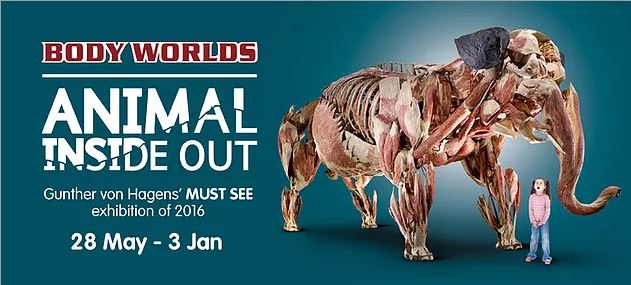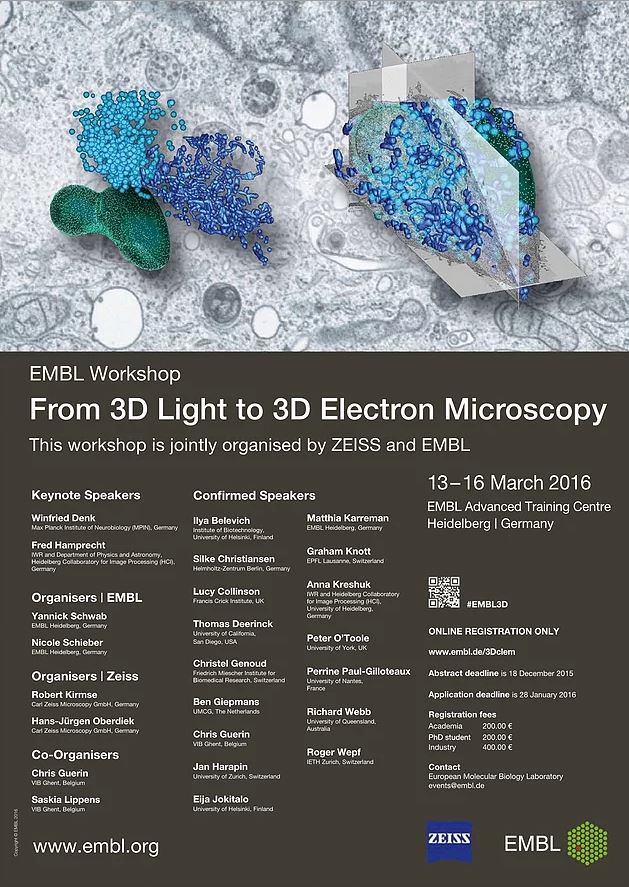By Jonny Bennett
 Photo: https://www.flickr.com/photos/MPD01605/6755068753
Photo: https://www.flickr.com/photos/MPD01605/6755068753
Chi Onwurah is not your typical member of parliament. Not only is she Newcastle’s first black MP, but she has had an impressive career in electrical engineering. Since training at Imperial College London, she has worked in industry for over two decades and travelled the globe. Elected as an MP in 2010, she was quickly identified as ministerial material, and now holds the office of Shadow Minister for Business and the Digital Economy. It goes without saying that very few of those sat in parliament can boast a background as diverse and as interesting as hers.
Her experience as an engineer not only makes her uniquely suitable for representing the North East, given its extensive industrial history, but has also given her insight into the way these industries do business within Europe. This has no doubt influenced her stance on the current EU debate, and we caught up with Chi so that she could explain why she has opted for the UK to remain in Europe.
Although staunchly pro-Europe, Chi says that, “I’m a proponent of a reformed, renegotiated relationship (with Europe)”. She cites that, Europe makes up our largest market for trade, but British MEPs often remain unknown and as a consequence, largely unaccountable. Chi attributes this to the fact that “a large segment of the population isn’t directly engaged with Europe”, and this may well be true; it seems likely that a majority of the population wouldn’t know who their MEP was, let alone their stance on European issues.
That said, it is her opinions on the common market that form the main basis for Chi’s argument. When we put it to her that other countries outside the EU, such as Norway, have access to the market, she rebuffs that, saying “they (member states) still have to follow and subscribe to standards without getting a voice”, alluding to the point that these countries don’t have representation in the European parliament. This view is certainly not without substance; it cost Norway an estimated £134 per person for access to the common market last year, yet they remain unable to influence the direction of policy within the market they compete.
It seems that her worries surrounding the common market are also shared by Chi’s ministry. “When we looked at a recent survey of digital start up companies, 82% were concerned that Brexit will damage their business… (there is) strong support in the tech, digital and science community that we’re stronger in Europe”. Last month 50 local business leaders co-wrote a letter to the Newcastle Chronicle pledging their support for the UK to remain in Europe. This comes off the back of various other surveys, including one conducted for the leading scientific journal Nature, which found that of the 903 researchers surveyed, 83% would vote for the UK to remain.
Chi is also sceptical of Brexiteer’s claims that the UK would be a special case, observing that “campaigners of Brexit talk about full access to the market without free movement of people, yet nowhere else in the world is this the case”. This concern is justified; recent events in Switzerland saw them denied EU funding through the Horizon 2020 Initiative for refusing to ratify a freedom of movement treaty with Croatia.
With the EU referendum fast approaching, the eyes of European countries turn to the UK and concerns about the legacy of the referendum are being raised. Even if we vote to remain, what damage has been done in highlighting the depth and breadth of anti-EU sentiment? Chi too is worried, “it will make people question our commitment to Europe, and our place on the global stage”. Further repercussions could resonate in the years to come as European applicants choose to favour mainland European countries, which can offer a comparable standard of science, without the anti-EU feeling.
http://www.chroniclelive.co.uk/business/business-news/north-east-business-leaders-sign-11240750

 Animal Inside Out can be viewed in addition to on-going exhibitions at the renowned Centre for Life. A trip is definitely recommended. For more information on Animal Inside Out please visit:
Animal Inside Out can be viewed in addition to on-going exhibitions at the renowned Centre for Life. A trip is definitely recommended. For more information on Animal Inside Out please visit: 



